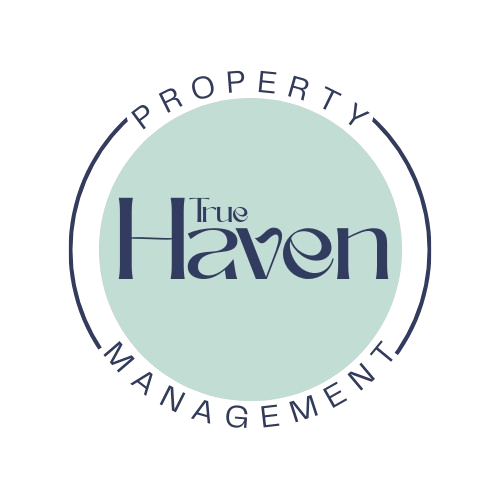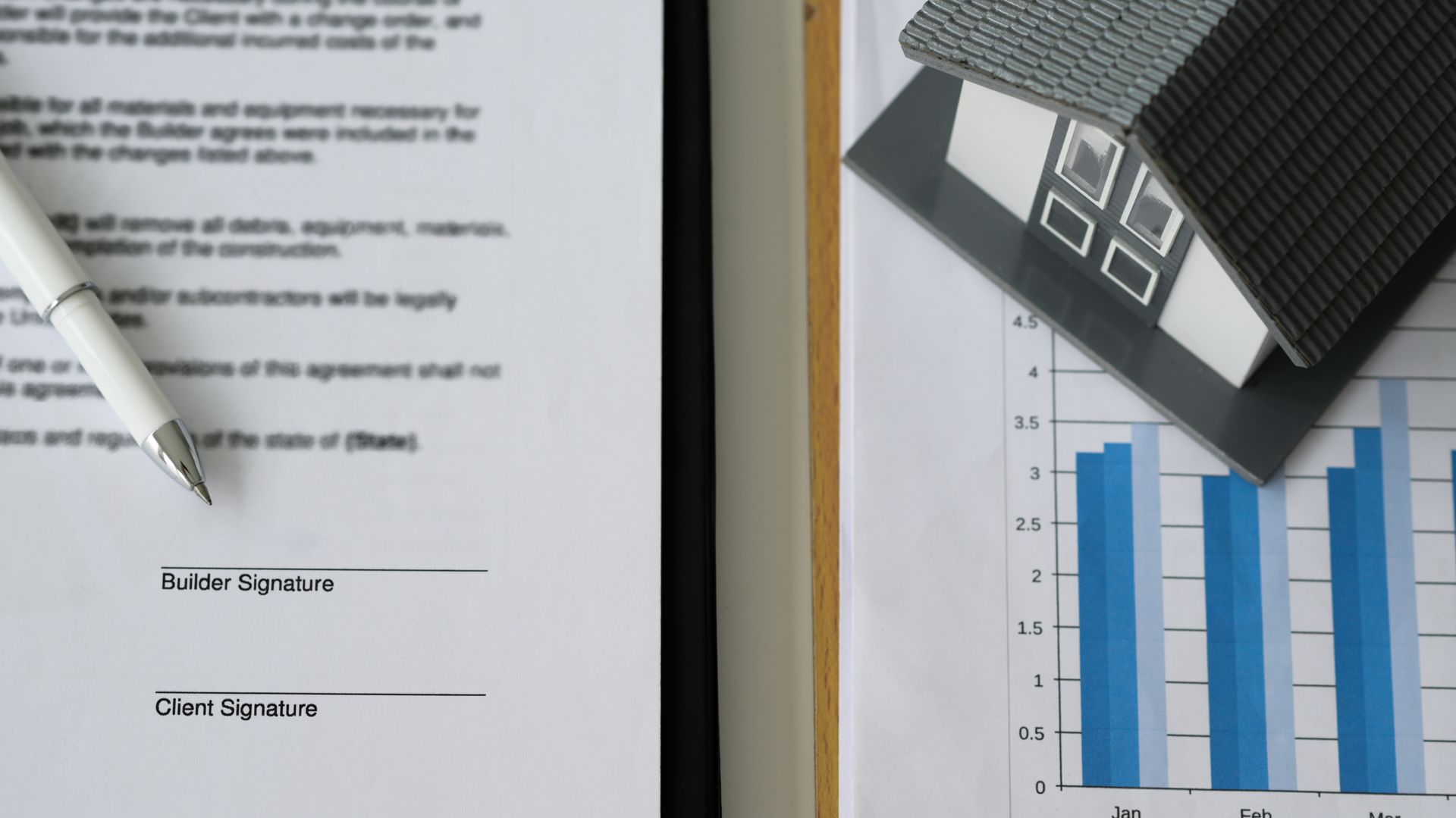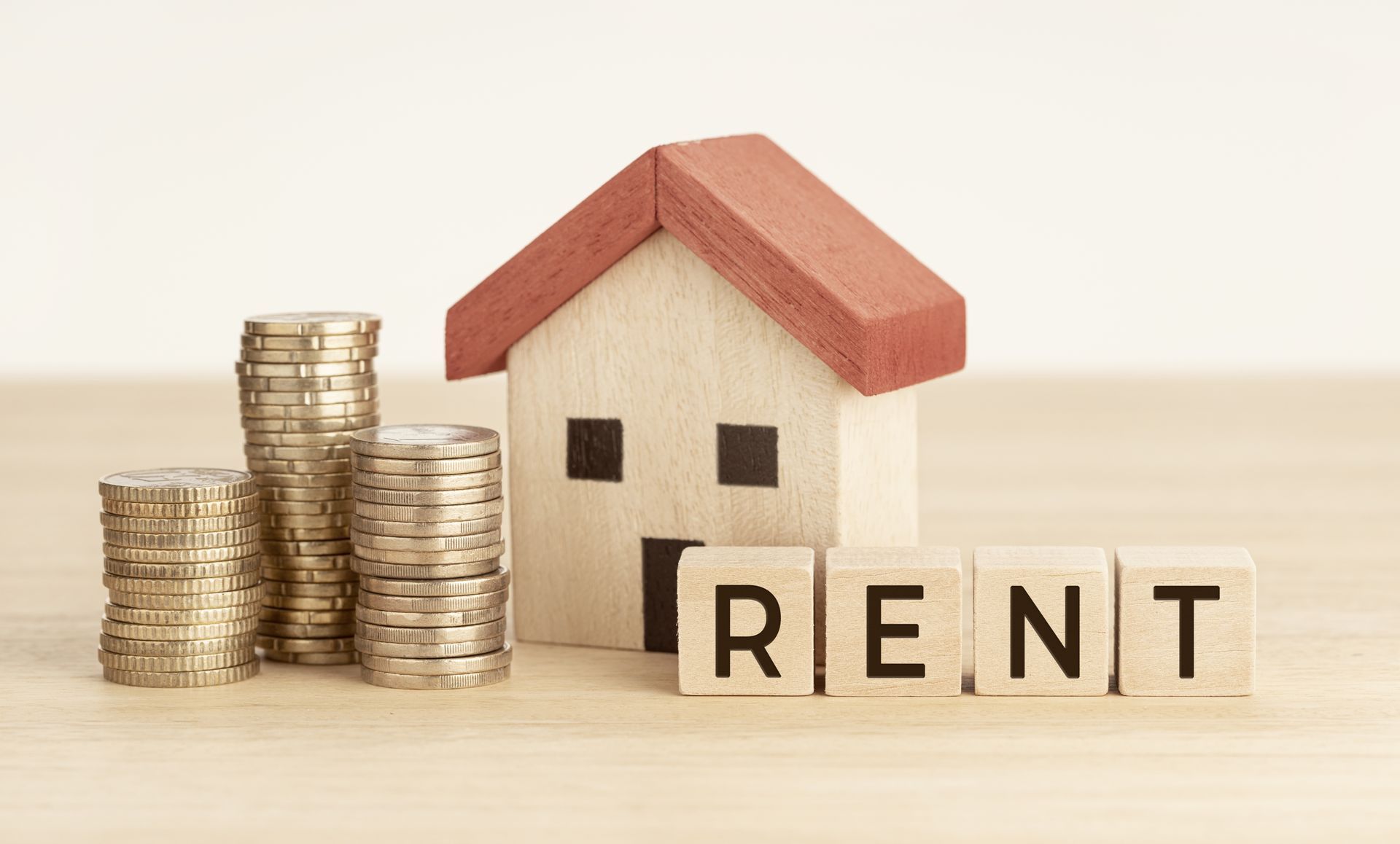Are You Really Making Money on Your California Rental?
Getting that rent payment every month might feel like you're winning as a landlord, but are you actually turning a profit?
If you own rental property in California, the rent check is just one small part of the financial picture. To truly understand your return on investment and avoid nasty surprises, you need to go deeper than just covering the mortgage. Let’s talk about the real costs of owning a rental.
It’s More Than Just PITI
Most landlords are familiar with the basics of a mortgage payment—PITI: Principal, Interest, Taxes, and Insurance. But experienced property owners know that’s only the beginning. Your operating expenses (often called “OpEx”) can eat into your cash flow if you're not budgeting wisely.
Let’s break down the biggest hidden costs you must plan for:
1. Property Taxes
Yes, property taxes are technically part of PITI, but here’s what many new landlords in California don’t realize:
- When you buy a property, the county reassesses your property value based on the purchase price. That reassessment can mean a much higher tax bill than the previous owner paid.
- Then comes the Supplemental Tax Bill, a not-so-fun surprise that shows up months after closing to make up the difference between the old and new tax amounts.
💡 Tip: Budget for the supplemental bill in your first year to avoid getting blindsided.
2. Insurance (And the Wildfire Factor)
Landlord insurance has become a major pain point in California, especially with wildfire risks and rising construction costs.
- You’ll need a solid Landlord Dwelling Policy, one that covers liability and property damage.
- Premiums have been rising fast, so you should plan for more than just a small annual increase.
Start shopping for quotes early, well before your renewal date. A proactive approach can save you money and frustration.
3. Maintenance and Repairs
This is where things get unpredictable, and expensive.
- Routine maintenance like landscaping or pest control is one thing.
- But what about a broken HVAC in July? A burst pipe? An aging water heater? Labor and materials cost more now than ever.
Forget old rules of thumb like the “50% Rule.” What really works?
Create a dedicated Repair Reserve Fund. Set aside 5–10% of your monthly rent (or more for older properties) into a separate savings account just for repairs. This prevents big-ticket surprises from becoming financial emergencies.
💡Tip: Preventive maintenance, like annual HVAC servicing, usually saves more than reactive repairs.
4. Vacancy Loss
No tenant stays forever. Even if you do everything right, you’ll eventually have some vacancy between renters.
- Realistically, plan to lose 3–8% of your annual rental income to vacancy.
- Factor this into your budgeting upfront—not just when it happens.
Accounting for vacancy loss gives you a clearer, more honest view of your cash flow.
5. The “Everything Else” Category
Don’t forget the smaller but necessary expenses that add up quickly:
- HOA dues (which rarely go down)
- Utilities like water, sewer, and trash (if you cover them)
- Landscaping and pest control
- Professional services, like accounting or legal help
Why It All Matters: Your True Profit
Tracking all these expenses isn’t just about being organized, it’s about knowing your Net Operating Income (NOI). That’s your rental income minus all operating expenses, before the mortgage.
Understanding your NOI helps you:
- Calculate your real return on investment (ROI)
- Make better decisions about future property purchases
- Avoid financial stress when things go sideways
Want a More Detailed Breakdown?
We go deep into expense categories, budgeting strategies, and tracking tools in Chapter 2 of our FREE Essential Guide to Rental Property Success. It’s designed to help landlords like you stay profitable and prepared.
👉Download E-book here
👉Click here for free consultation
Final Thoughts
If you’re not accounting for these hidden costs, you’re not really seeing your rental property’s true financial performance. Be proactive. Budget smart. Manage your property like the investment it truly is.
Need help making sense of your numbers? At True Haven, we’re here to help California landlords stay profitable and stress-free. Let’s make smarter rental decisions together!













